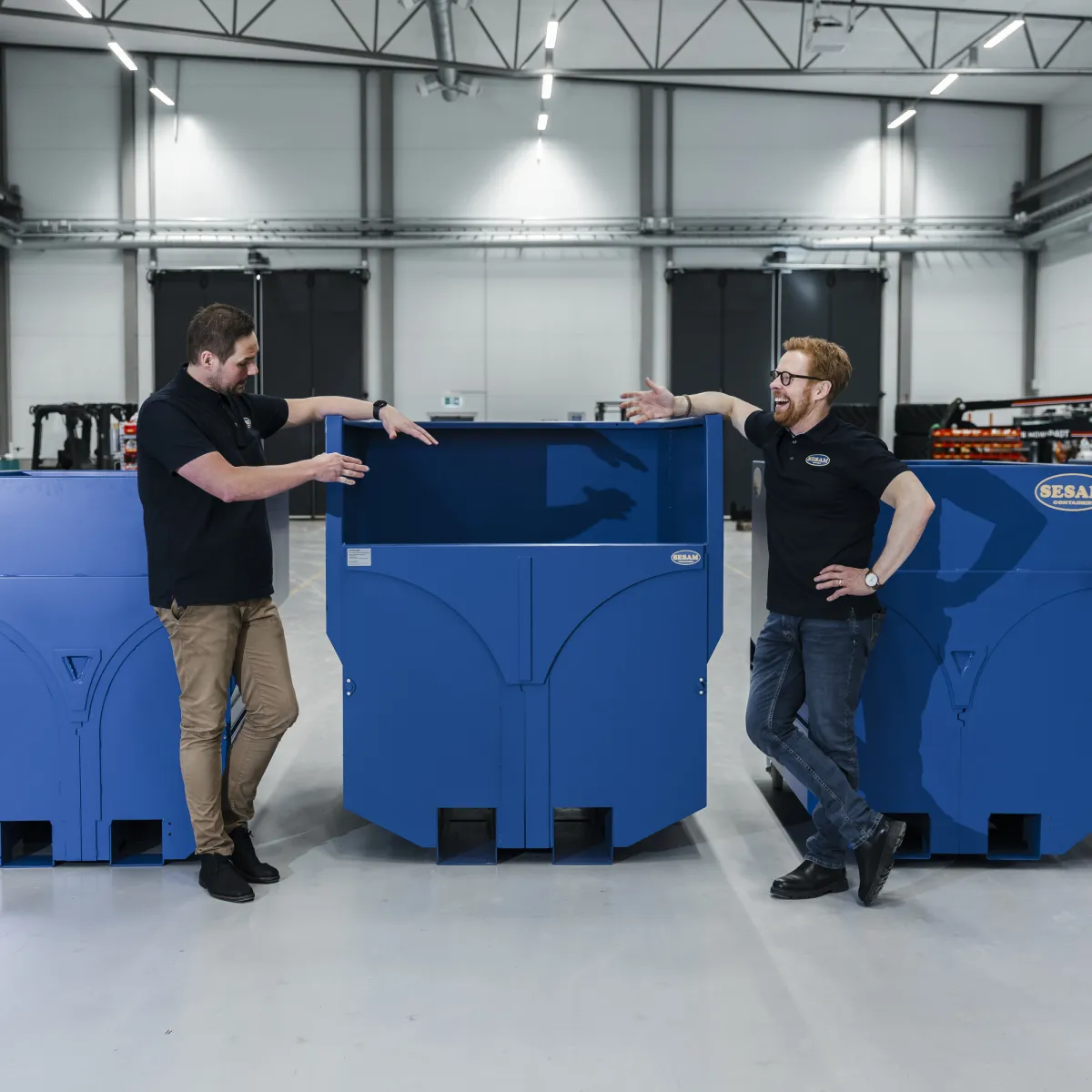Comparing Bottom Emptying Containers vs. Traditional Dump Bins
Comparing Bottom Emptying Containers vs. Traditional Dump Bins
Blog Article
When it comes to bottom-emptying containers, toughness is really a critical factor. These bins must endure repeated use, various environmental problems, and regular handling. That makes product variety a top priority. To ensure bottom emptying container (bottentömmande container) present extended company living and maintain their performance, makers count on unique components engineered for power, resistance, and reliability.
Below, we highlight the most effective products that assure durability and efficiency for bottom-emptying containers.
1. High-Density Polyethylene (HDPE)
High-Density Polyethylene, or HDPE, is one of the very most commonly used components for sturdy containers. Noted for their impact resistance and flexibility, HDPE are designed for equally major loads and hard handling. This material is particularly ideal for harsh industrial use and outside surroundings as a result of its resistance to UV rays and chemicals. Also, HDPE is light, which makes it simpler to transport and manage without diminishing on strength.

Why Choose HDPE?
Excellent resistance to temperature and compounds
Lightweight but strong
Environmentally friendly, because it is recyclable
2. Stainless Steel
For industries requiring heavy-duty toughness or sanitary situations, stainless steel is an ideal material. It is powerful, very tolerant to deterioration, and effective at resisting severe temperature fluctuations. Moreover, stainless guarantees endurance, making it a cost-effective selection in the extended run. Their clean surface also simplifies maintenance and washing, which will be invaluable for applications in food running or healthcare industries.
Key Benefits of Stainless Steel
Extraordinary power and durability
Rust-proof and perfect for long-term use
Easy to wash and keep
3. Fiberglass-Reinforced Plastic (FRP)
Fiberglass-Reinforced Plastic (FRP) is really a high-performance material mixing the effectiveness of fiberglass with the cost-effectiveness of plastic. FRP excels in highly corrosive and chemical-heavy surroundings, rendering it a fantastic selection for bins found in substance manufacturing or storage. Moreover, FRP bins are light, creating them simpler to maneuver in comparison to steel equivalents.
Advantages of FRP
Corrosion-resistant in challenging conditions
Lightweight and easy to take care of
May be customized for certain applications
4. Aluminum
Each time a stability between strength and light style is necessary, metal stands apart as a premier option. It is particularly favored for programs that want mobility because of its reduced weight. Aluminum is corrosion-resistant, making it suited to outside situations or locations confronted with moisture.

Highlights of Aluminum
Exemplary lightweight-to-strength proportion
Corrosion-resistant for outdoor use
Sustainable as it is recyclable
Choosing the Right Material for Your Needs
The option of product for bottom-emptying containers is dependent upon the specific software, environmental problems, and expected fill capacity. HDPE is great for cost-effective mobility, while metal offers unmatched strength for sanitary environments. FRP and metal, on one other give, appeal to industries seeking lightweight or extremely corrosion-resistant options.
By selecting the right product, you can ensure your containers provide sustained performance, stay functional over time, and match special working needs. Report this page